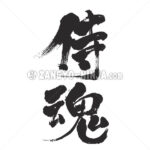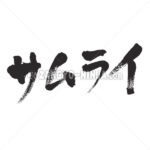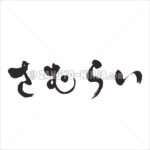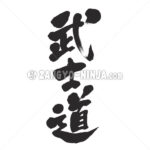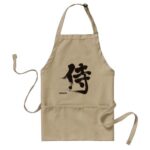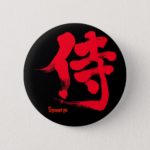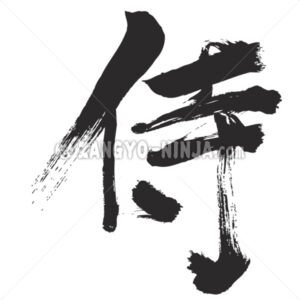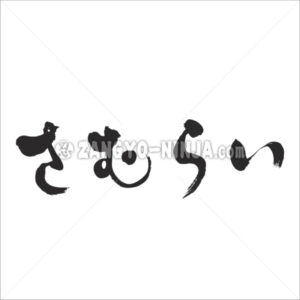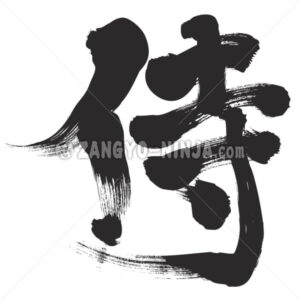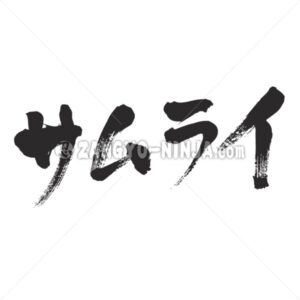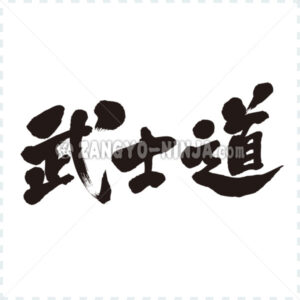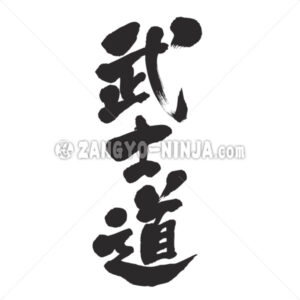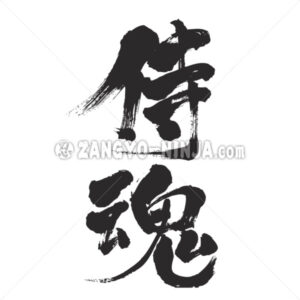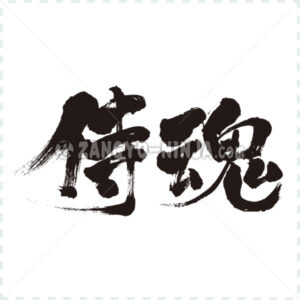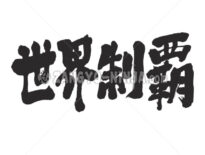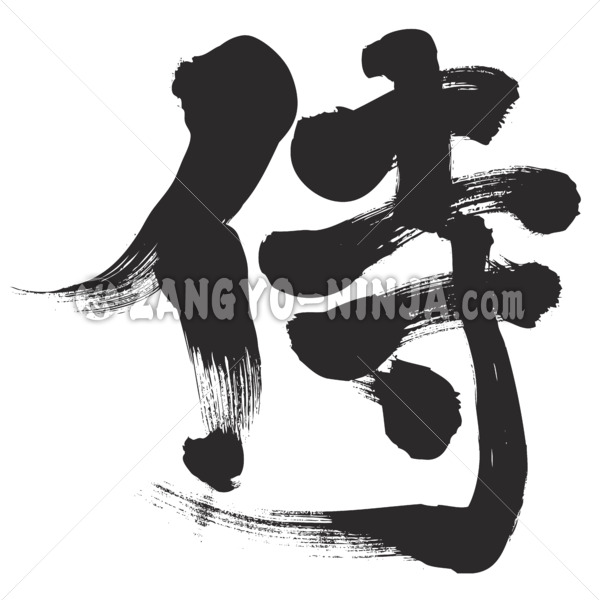
The samurai was such a guy
A transposed word for the noun form “Saburahi” of the verb “Saburau”, which means to serve near aristocrats. From the middle of the Heian period, it came to refer to samurai such as Takiguchi and Hokumen because it refers to a valet and a valet. The origin is the county / goji, the shokan and their clan, and in the proceedings manual “Satami Rensho” of the Shogunate, which was established at the end of the Kamakura period, “Samurai Toha Development Lord Nokotoya” As it says, “(Nari)”, he led the clan Roju and was engaged in clearing and farming. With the establishment of the Kamakura Shogunate, they were regarded as the social status of gokenins and non-gokenins equivalent to them. H), mystery, peasant, craftsman, merchant, etc.
Although he was a lower class, he gave his surname because he was in the imperial court. In terms of clothing, he was allowed to use Aya, wear an eboshi, and wear a sword in Kamakura.When accused of a crime, he was not tortured, and the punishment was generally property punishment such as confiscation of the territory, and he was not to be imprisoned or directly injured or injured. Many of these privileges inherited the Kuge law, which draws the genealogy of ancient Ritsuryo, and the ideas of Kyoto aristocrats. In particular, it has been pointed out that the issue of official position is important not only in the medieval social division system but also in considering the medieval emperor system. In the middle of the Kamakura period, the number of samurai-like samurai goods (Samurai Bon), such as Samurai, who broke the traditional discrimination of samurai and samurai and demanded a rise, gradually increased.
Under the system of the early modern Bakuhan system, the bakushin were called “Omemie” or higher, that is, Hatamoto, and in the various clan, those with middle and small surnames (Chukosho) or higher were considered samurai.
> more samurai stocks


